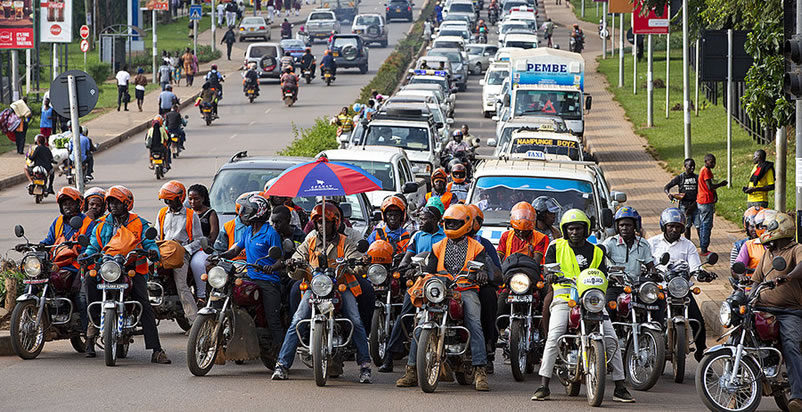Bekar Ismail
Kampala’s transport system is stretched to the limit. Every day, thousands of people spend long hours in traffic or stranded at chaotic taxi stages. Fares change without warning, stages are poorly mapped, and road safety feels like a gamble.
The city’s population keeps growing, and the informal transport sector, taxis, bodas, and minibuses, moves millions, yet without coordination or data. The result is the same every day: noise, air pollution, accidents, and frustration. If Kampala truly wants to become a Smart City, it must start by fixing the heart of its biggest challenge, how people move.
The real solution is to build an integrated and data-driven public transport ecosystem, one that brings together traditional and digital mobility services while giving city leaders the right data to plan and act.
At the centre of this system should be a Digital Public Transport Layer, a platform that maps all routes, stages, and fares in real time. Commuters could type in their starting point and destination to get clear, stage-by-stage directions, estimated fares, and live congestion updates.
For those without smartphones, a simple USSD code would do the same job. This single innovation could finally bring order to the chaos of daily commuting, replacing guesswork with reliable information.
But the benefits go far beyond convenience. Every trip on such a system generates data: where people travel, when congestion builds up, and which routes are unsafe or overused. That data can help city authorities redesign roads, adjust traffic lights, create bus lanes, and plan new corridors where demand is high.
Fare data can help set fair pricing, accident reports can guide safety campaigns, and vehicle flow data can show where infrastructure needs an upgrade. For once, KCCA and the Ministry of Works and Transport could plan using live evidence, not outdated surveys.
To make this work, Kampala will need designated routes and stages for taxis, buses, and bodas. Predictable routes reduce overlap, shorten travel time, and make traffic enforcement possible. Dedicated bus lanes and smarter traffic lights would prioritise public transport and free up space for everyone else.
Formalising the informal sector is another crucial step. Registering all taxis and bodas builds accountability, helps track vehicles, and improves safety. Ride-hailing platforms like SafeBoda, Bolt, and Faras already show how this can work.
They have digitised payments, introduced customer feedback, and made the industry more transparent. Integrating them into the city’s digital system would allow their real-time GPS data to support congestion management and route planning, while connecting commuters to last-mile transport in areas that bigger vehicles do not reach.
Kampala can also learn from other cities. In Istanbul, the Istanbulkart connects metros, trams, and buses on one digital card, giving planners and commuters access to the same data. Seoul’s T-money links buses, subways, and taxis under a single payment and traffic management system.
Bogotá’s TransMilenio transformed chaotic movement through dedicated bus lanes and digital ticketing. These cities faced challenges similar to ours and turned them into opportunities through smart, data-driven coordination.
Kampala could do the same with a “Kampala Mobility Card”, linked to mobile money and accepted across all public transport. It would simplify payments, promote transparency, and make transport accessible to everyone, from low-income earners to smartphone users.
Kampala’s transport problem is not just about traffic; it is about leadership and planning. Every hour lost in jam costs the city millions in productivity.
Pollution affects health, and frustration weakens trust in public systems. Solving this requires city leaders who embrace data-driven policy, invest in digital infrastructure, and bring together public and private players.
A Smart City is not just about technology, it is about how intelligently a city responds to its people’s needs. By building an integrated, inclusive, and data-driven transport ecosystem, Kampala can finally turn daily chaos into order, efficiency, and dignity, for everyone.
The author is a Tech enthusiast, Smart Cities Researcher
[email protected]







